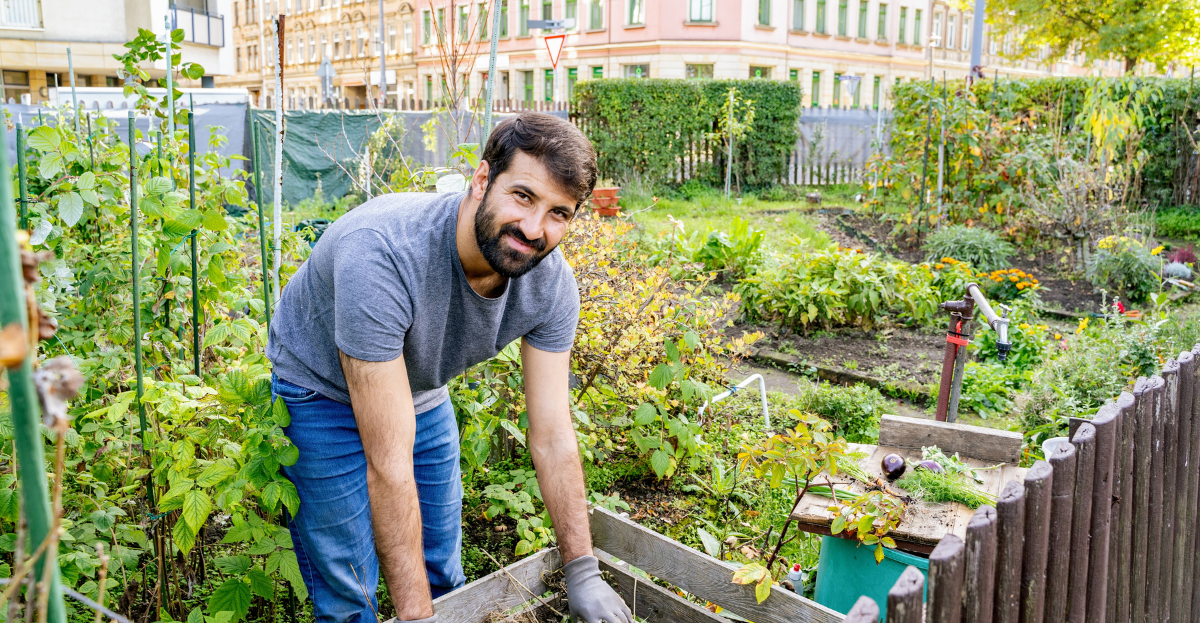Allotments for Everyone: Are Smaller Plots the Way Forward?
Allotments have long been cherished as green havens—spaces to grow your own food, connect with nature, and build community. But in today’s fast-paced world, with work, family, and other commitments, the traditional allotment isn’t always realistic for everyone.
.png)
With demand at record levels and land in short supply, many councils are experimenting with smaller plots. The question is: does smaller mean better, or just different?
What’s a “Traditional” Plot?
Historically, a full allotment in the UK has been approximately 10 poles (roughly 250–300 m²) — big enough to feed a family for a year. That’s a lot of space to manage, especially if you’re balancing a full-time job, school runs, or other responsibilities. For many modern growers, this size can be daunting, which is why smaller options are being increasingly explored.How Much Time Do Allotments Take?
The time it takes to care for an allotment varies, but here’s a general guide for the main growing seaso
Full plot (≈10 poles): 4–8 hours per week
Half plot (≈5 poles): 2–4 hours per week
Quarter plot / micro-plot / raised bed: 1–2 hours per week
Smaller plots can be ideal for busy families, older gardeners, renters, or anyone new to growing. They allow people to enjoy the benefits of gardening without feeling overwhelmed.
Smaller Plots on the Rise
The Association for Public Service Excellence (APSE) 2025 survey shows that 76% of councils have reduced the size of standard plots to offer smaller options. Meanwhile, 63% report waiting times of over 18 months, showing just how high the demand is.
The Association for Public Service Excellence (APSE) 2025 survey shows that 76% of councils have reduced the size of standard plots to offer smaller options. Meanwhile, 63% report waiting times of over 18 months, showing just how high the demand is.
Other trends include:
- More community beds and shared plots
- Areas set aside for wildlife and biodiversity
- Experimentation with commercial or innovative allotment models

Finding the Right Fit
There isn’t a one-size-fits-all answer. Some people love the full-scale allotment and the chance to grow a year’s supply of vegetables. Others want a
manageable slice of green they can care for around modern life’s demands.
What seems to work well in practice:
A mix of plot sizes: Full, half, quarter, micro, and community beds so people can choose what fits their lifestyle.
Support systems: Starter packs, mentoring, tool libraries, and training help new growers succeed.
Biodiversity and quality: Even small plots can encourage pollinators, wildlife, and good horticultural practices.
Monitoring and feedback: Tracking plot usage, turnover, and waiting lists helps councils make informed decisions.
The goal is to make allotments accessible, productive, and enjoyable for as many people as possible—not just to shrink waiting lists or squeeze more plots onto limited land.
A Conversation About What Works
In the modern world, flexibility is key. Smaller plots may not replace the traditional 10-pole allotment for everyone, but they offer a practical solution for busy lives, beginners, and those with limited space or mobility.
Ultimately, it’s about asking the right questions:
- How can we make allotments fit modern lifestyles?
- How can we support new and experienced growers alike?
- What balance of plot sizes and shared spaces maximizes access, productivity, and community benefit?
.png)

